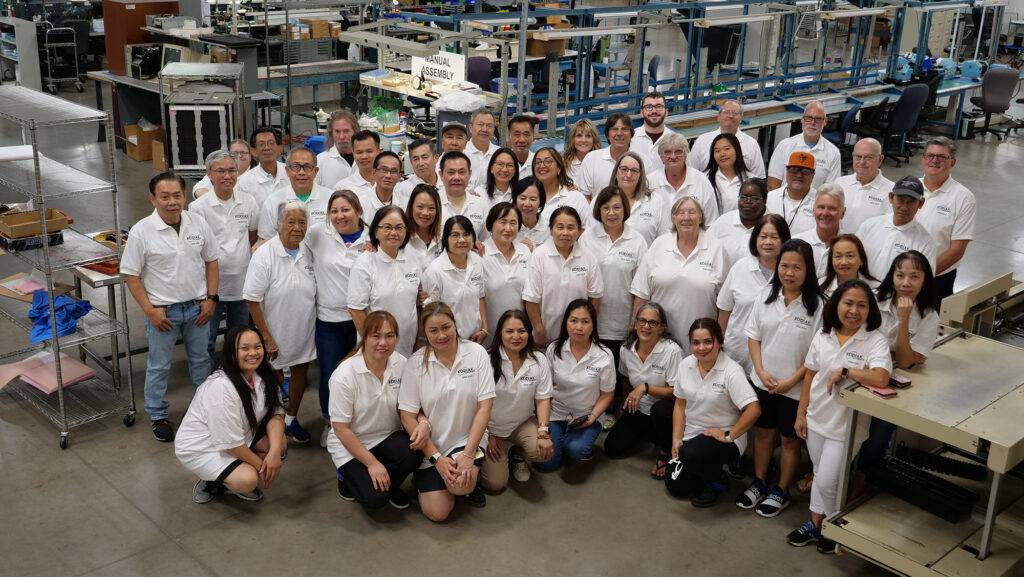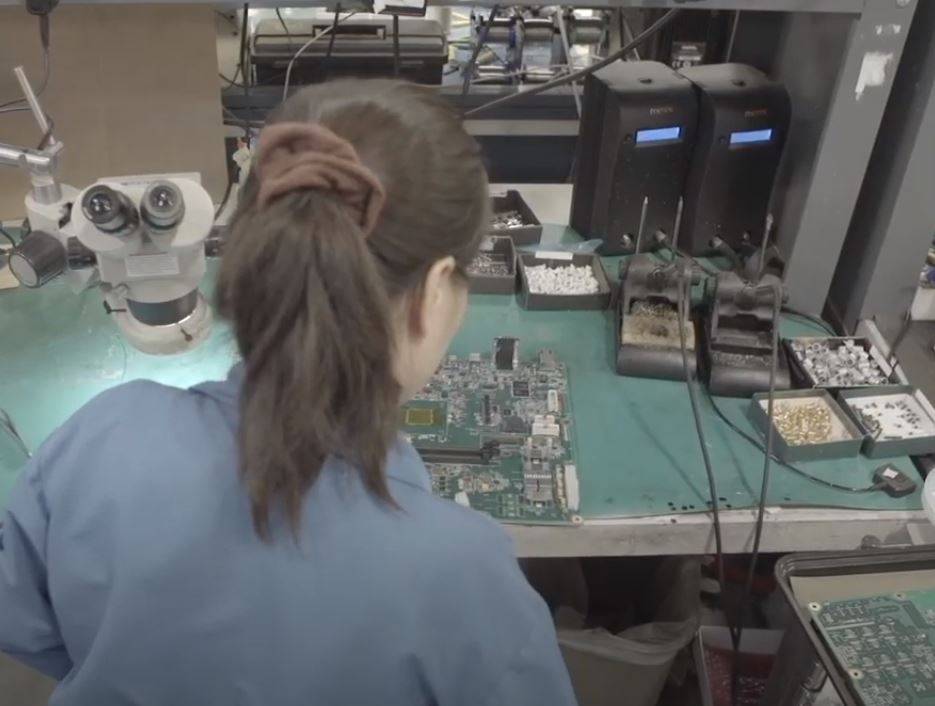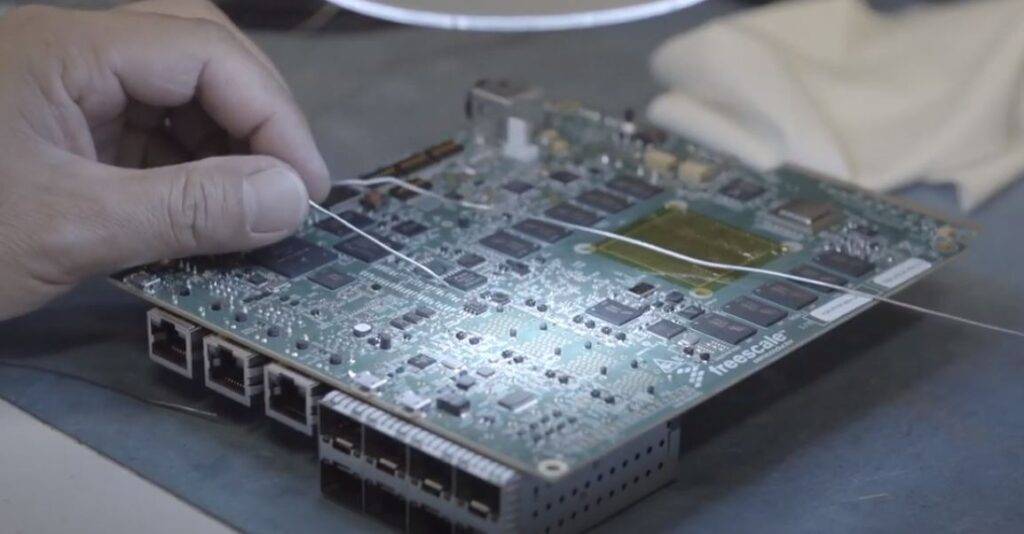The Manufacturing and Assembly Technology Evolution

Though many assert that technology is revolutionizing to the manufacturing/assembly industry, some would argue that implementation of technology is not so much a revolution, but more an evolution. Technology is argued as the tipping point for manufacturing to increase efficiency, production, and at times, emphasize sustainability and eco-consciousness into an industry that centered on mindless mass production only a century ago.
Learn about the various types of technology integrations into manufacturing and how they are contributing to the overall evolution of the industry:
The Internet of Things
Today, manufacturing is heavily impacted by the implementation of the internet of things and continues to grow as technology trends shift and evolve. One of the ways the internet of things contributes to the evolution of the industry is through “smart factories.”
What is a smart factory? A smart factory utilizes strategic planning, data-driven resource allocation, artificial intelligence and automation to keep productivity and profit high while keeping cost low. How? By connecting products that impact product performance and using that data to contribute to the efficiency of production. Connecting products and data can help provide better diagnosis and maintenance of products before issues arise – creating an efficiency unseen before.
This connected data can also connect supply chains, which can help improve inventory tracking and product management – which may be able to help predict future component shortages in the industry.
The internet of things has evolved from its revolutionary concept and is planned to be implemented in the very early stages of manufacturing. In fact, predictions say that by the end of 2018, nearly a majority of manufacturers will begin building IoT capability into products from day one.
Automation
Automation in the manufacturing industry seems like a very recent phenomenon, but it’s actually been implemented into business models since the 1970s. Robots are sweeping the industry – and not to take over, but to work alongside humans on the assembly line to improve efficiency and workplace safety.
Introducing robots and automation to the factory floor won’t necessarily take away jobs – it’s actually predicted to create more advanced career opportunities in learning the technology and maintenance in automation technology.
These robots will also fill in not only for hazardous tasks but also free those working on the assembly line from repetitive jobs, providing them the ability to complete more satisfying work.
The connection and integration between the technologies contributing to the evolution of the manufacturing industry can allow robots to collaborate with one another on tasks, resulting in more intelligent and efficient work on the factory floor.
Artificial Intelligence (AI)
Artificial Intelligence has become more than a device used often in science fiction work. With the technology evolution and understanding its best uses, AI now has the potential to help many industries achieve more – faster and more efficiently. Recent developments such as cloud computing and machine learning have enabled AI to step into these industries to help businesses grow profit and production. In fact, many experts believe AI is the key to the success of smart factories.
One of these reasons extends beyond improving efficiency and production and lies within AI’s ability to improve the accuracy of demand forecasts for manufacturers. The capability of AI and machine learning can help to reduce supply chain forecasting errors by as much as 50% with better prediction of product availability.
With the heavy implementation of AI into the manufacturing and assembly industry and beyond, there’s certainly no stopping the boom now. Continued innovation will only enhance the capability and use of AI, combined with other technologies to evolution the manufacturing industry.
Balancing machine learning with automation and IoT can maximize industry 4.0 benefits, allowing businesses to find greater efficiency and success. Innovation is expected to only grow from here.
With the continuous advancements, the technology evolution in manufacturing and assembly is only slated to grow from here – creating endless possibilities for businesses and manufacturers alike.



